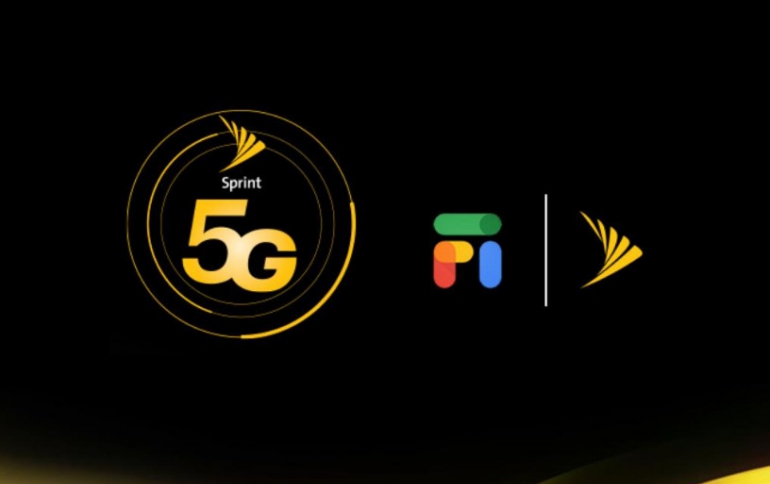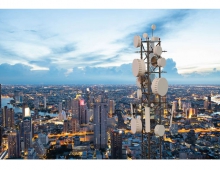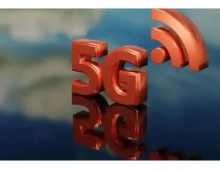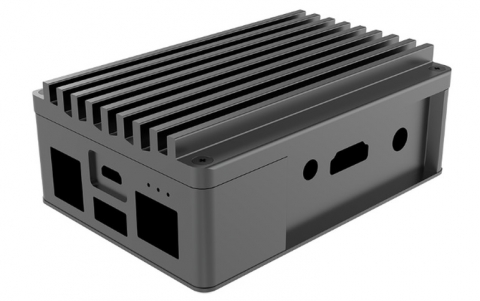
Sprint’s 5G Wireless Launch is Planned for May
Sprint CEO Michel Combes announced that the company's customers in Atlanta, Chicago, Dallas and Kansas City will be among the first to test the company’s 5G wireless network when it launches in May.
Expect an additional five markets — Houston, Los Angeles, New York, Phoenix and Washington, D.C. — to come online by the first half of the year, said Combes.
The launch could make Sprint the first U.S. wireless carrier to offer a mass-market 5G service for smartphones in a global race to provide faster download speeds and support for new applications such as self-driving cars.
Customers of Google Fi, the wireless service run by Google on Sprint’s network, will be able to connect to Sprint’s 5G capabilities as well, Combes said — though it is unclear when Google Fi customers will gain access to 5G smartphones that can take advantage of the new technology. For Sprint’s own customers, 5G service will launch on the LG V50 ThinQ 5G, LG’s first 5G-capable smartphone.
Company officials did not provice any pricing details about Sprint’s 5G plans.
Verizon has also vowed to deploy 5G to wireless customers in as many as 30 cities by the end of the year. Meanwhile, AT&T has targeted “at least 21 major cities” for its rollout. And T-Mobile has said it plans a nationwide network by 2020, starting with low-frequency airwaves that can travel farther than the high-frequency technology being used by AT&T and Verizon.
Last year, Verizon said it was the first to deliver a form of 5G to consumers, but only as a replacement for in-home broadband. AT&T had also said it was switching on its 5G wireless network in certain markets, but only for select customers — and accessing the network required the use of a mobile hotspot.
Sprint also sued AT&T this year for promoting “5G Evolution,” which Sprint said risked misleading consumers into thinking 5G was truly available on AT&T’s network, when in fact it is simply an upgraded version of existing 4G mobile data technology. AT&T this year began to replace the “LTE” icons on some smartphones with a “5G E” icon, saying it showed how AT&T was on the path toward 5G.
T-Mobile and Sprint claim that together they would be able to build a better 5G network than they could individually. The companies are waiting approval for their $26 billion merger.
The successor to the current 4G network technology introduced commercially in 2009 promises nearly instantaneous transfers of huge amounts of data that will likely bring major changes to an array of consumer and health products.
Although the first 5G compatible phones will become available in the middle of this year, consumers will not initially notice vastly faster speeds because 5G coverage will be limited to certain cities or neighbourhoods at first.
Analysts predict it will be at least a couple of years before the network's reach will be extensive enough to let you use your 5G phone without relying on current wireless standards most of the time.
The first advantages of 5G will be enjoyed by telecoms operators, who will be able to offer fixed high-speed internet in countries or regions where deploying fibre is expensive.
At a later stage, 5G will be able to underpin services such as augmented reality, which would allow people for example to point a smartphone camera at a football game and see superimposed player statistics.
One of the biggest innovations that 5G is expected to enable are self-driving cars, because it can virtually eliminate latency—the time it takes to get a response to information sent over the network.
But self-driving cars will need 5G networks to cover large areas and mobile communications industry body GSMA estimates 5G will account for just 15 percent of total global mobile connections in 2025.
Lower latency could also help revolutionise multiplayer mobile gaming, factory robots, telemedicine and other tasks demanding a quick response.




















